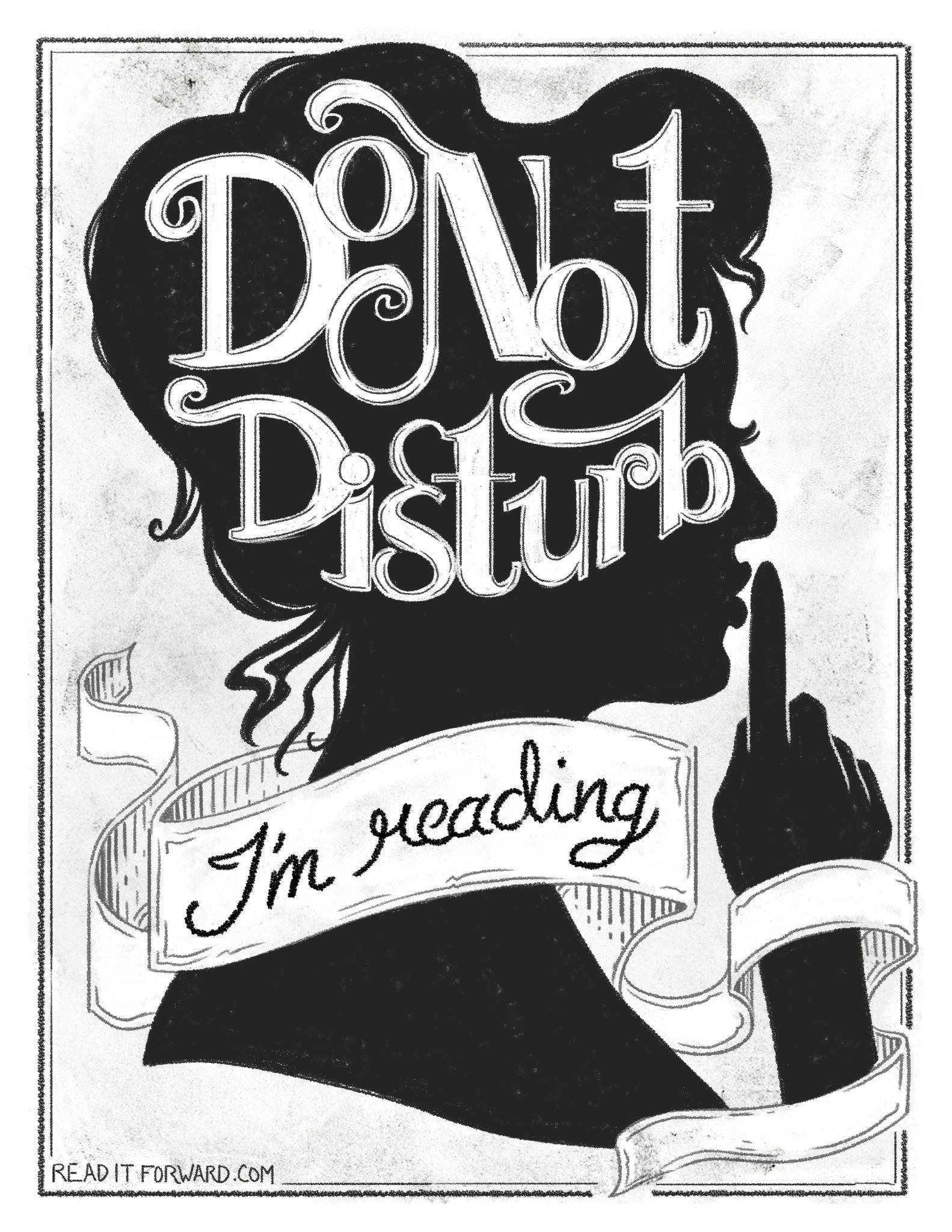Rating: 4 Stars
I have been putting this review off for a good long while and finally decided to bite the bullet so to speak, and just get it over with. This is not to imply it is a bad book by any means; it was really quite good. I know there are some who do not like Weir, but I have always found her to be a thorough historian. All historians have to use a bit of conjecture in their works when we do not have facts, but I find that Weir makes it clear what is her own opinion on what someone meant by their words/actions, and have no problem with her work. But every time I looked at my notes, it was so overwhelming and ugh, I just want to read. But these reviews won't write themselves now, will they?
First and foremost, lets address something that needs to be said if it hasn't been already (though I'm sure it has). Is it any wonder that this next generation of Tudors grew up to behave the way they did? Margaret Douglas (Queen Margaret's daughter and subject of the book), Mary (Henry's daughter), Elizabeth (Henry's daughter) and Mary, Queen of Scots. All of these, and more, cousins and second cousins had really crappy parent(s) who did really crappy things, and often. Being royal definitely did not always make life any easier.
I like to think that I am not too shabby in my recollection of knowledge about this time period - despite all the Henrys and Marys and Margarets and Edwards and such to keep straight. But I never realized quite what information I was actually missing until I read this book. It is no joke that, as the inside dust jacket states, "The life of Margaret Douglas spans five reigns and provides many missing links between the Tudor and Stuart dynasties". Um, major understatement. It felt like a light bulb went on in my head every time I made new connection after new connection of people I thought I knew so well.
As expected, Weir used tons of contemporary resources to bring the drama and intrigue to life. By page 60 alone we had already seen poems - some possibly written by Margaret herself - as well as well as her own letters, her mother's (also Margaret, one-time Queen of Scotland) letters to Henry VIII (her uncle) during the younger Margaret's imprisonment in the Tower for her pre-contract to Thomas Howard, and so on. In fact, we are treated to several poems that Margaret and Thomas wrote back and forth to one another while in the Tower. I really loved being able to read Margaret's own words, I find that aspect of history so intriguing. It also fascinates me to see how different, yet alike, we are to those who lived and died so long ago. It also amazes me as to how much has survived.
(Side note: it is so frustrating that Anne Boleyn's letters to Henry did not survive, as I think once and for all the debate would finally be settled as to whether she really loved him or was forced into the marriage, either by her own ambition or that of her family's. If you have read any of my previous Tudor-related book reviews, you know where I stand on the matter, and very early on in the book, Weir's statement on Boleyn agrees with me: "...so that he could marry Anne Boleyn, a dark-haired enchantress with charm and ruthless ambition" (page 28). Yep, that's her. And no, I don't think she means enchantress as in witch craft, so don't get your panties in a bunch. My interpretation is enchantress, as in using her uncommon look to capture and hold Henry's attention.)
But back to Margaret's own letters...I found this quote particularly interesting: "The late Queen was 52, and there is little evidence to suggest that she and her daughter had been close. It seems clear that she had always preferred her son, James V, although she had been distressed by Margaret's fall from grace in 1536, and done her best to save her from Henry VIII's wrath. Yet there are no surviving letters or documents to show that mother and daughter had been in regular contact" (page 88). Again we must remember the time period and the value of male heirs over female ones, but it is still disheartening to read things like this. Ad of course, as always, no letters have survived to give us a definitive answer. Or, perhaps no surviving letters IS the answer, but we will never know for sure. Even more importantly, what amazes me is that Margaret's letters to Cecil survived. Say what you will about what a not so great person he was - and I myself have said it before, given his orchestration of the execution of Mary, Queen of Scots - he had least had the sense to preserve his letters. Whether it was intentional or not, he did that right at least.
One question that has always bothered me is how exactly Henry would have excluded his older sister Margaret's children in favor of his younger sister Mary's children. Now it all makes a lot more sense, because as I have said, this book really does fill in so many gaps. I knew that the new Act of Succession had passed, but never realized that Henry's purpose for doing so was to exclude his sister's descendants so that they could not unite the kingdoms of England and Scotland, unless his son Edward was wed to Mary, Queen of Scots.
The issue of children arises both in relation to Margaret, and her uncle, Henry VIII. Within the text, Weir states: "Six of Margaret's eight children died young, and the names of her four daughters are unrecorded" (page 131). These are the types of things that make reading about this time period less enjoyable. Deaths of little ones always makes me sad, regardless of the era.
Another aspect that was discussed in relation to Margaret's own unfortunate obstetric history, was that of her uncle, Henry. This particular piece of information was news to me and I fear I have missed out on some new reading material that covers this subject. For the most part it has been suggested that Henry fathered very few children, for any number of health reasons. But here Weir makes the statement that Henry "...had fathered 15 children by his wives and mistresses, seven of them sons, only five daughters growing to maturity (page 132). Five? There are, of course, Mary and Elizabeth, and possibly also Catherine Carey, who was the daughter of Mary Boleyn. In the notes section Weir thanks Elizabeth Norton for pointing out evidence for the case of Elizabeth Tailboys also being Henry's. But there is no mention of who the 5th is. So, are we really accepting that he had five daughters, or even seven sons - despite them not living to adulthood? I feel like this needed a bit more explanation, despite the fact that yes, Margaret was actually the subject of the book.
I never realized how close Mary I and Margaret were - showing once again that this book was definitely one that needed to be written. Weir wrote: "Mary was openly treating Margaret as her heir presumptive. She assigned the Lennoxes rooms at Whitehall, and furnished them with 21 pieces of tapestry and and ten beds. Margaret's being hung with royal purple velvet and cloth of gold (page 151). I had no idea that they were so close, or that Margaret was then the Chief Mourner at Queen Mary's funeral. So little has been written about Margaret, and the focus on her has really only been in that she was Darnley's mother and the mother in law to Mary, Queen of Scots. I simply didn't know that she'd spent so much of her life in England.
Something else the book does very well is that is goes a long way to explaining her son Darnley's character. "But Darnley had a weak character: as an adult he was arrogant, stupid, and wayward, and displayed little moral sensibility. In other words, he was spoiled" (page 158). This is hardly surprising, considering his mother had lost six of her eight children when they were so young. It also seems based on Weir's research and the surviving documents that of his two parents, Darnley respected his mother much more than his father. This also explains a lot of his change in behavior when he left England for Scotland in order to marry Mary, Queen of Scots. He seemed to listen to her much more, so once he was in Scotland and newly married, his mother was no longer in the vicinity to maintain any kind of control over him - for some of the time she was even held prisoner in the Tower. It is no surprise then though he did not seem terribly concerned about her being locked up. If only Darnley had not been such a spoiled brat, he and Mary might have successfully ruled both countries when the time arose.
The book also did a really great job explaining Mary being deposed after Darnley's murder, her escape to England, and everything the Lennoxes were up to in that time between her imprisonment in England, through Lennox's death, which is another thing that has never been given much detail in anything I have read before (that I can at least recall at the moment).
There is a lot of additional information that Weir includes, which I found helpful. Appendix I discusses Margaret's portraiture and whether or not any of the portraits that we believe might be her are actually of her. Appendix II contains miscellaneous poems that are attributed to Margaret, which are certainly of interest to get some insight into her thoughts. The section after that contains the names of important people of the time. Margaret of course, and her closest relations are first, and her children with Matthew Stewart, Earl of Lennox. Additionally Weir listed Scottish kings and queens, as well as Scottish and English nobility. Definitely helpful. The bibliography and notes sections were also incredibly detailed, and I would expect no less from Weir. Tons and tons of information.
The two quotes I've chosen to end with, I think sum up Margaret as nicely as can be done. I did not realize how much information I was actually missing in the big picture of both families. I highly recommend this book to anyone who loves Tudor history.
"Love had been the great blessing and the great curse of Margaret's life, for she had truly suffered for it, and in the end had lost all those who were dear to her, including her adored husband and son, to violent deaths. She of all people should have learned that love and politics make dangerous bedfellows, but that seems to have eluded her, which shows that she allowed her heart to rule her head" (page 401).
"Margaret did not live to see her dynastic ambitions brought to fruition. How she would have exulted to see her grandson ascend the English throne as James I, first monarch of the House of Stuart, uniting the kingdoms of England and Scotland under one ruler. It is what she had hoped and schemed for all her life. And it is her blood, not that of Henry VIII or her rival Elizabeth I, that has flowed in the veins of every sovereign since" (page 409).
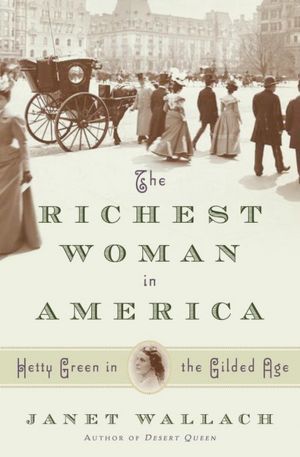
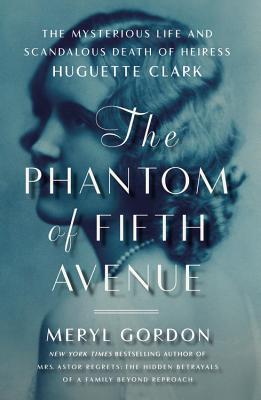





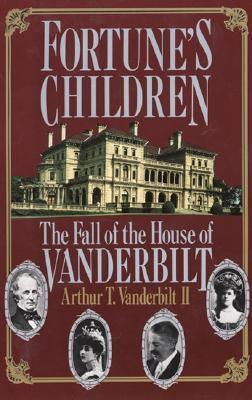










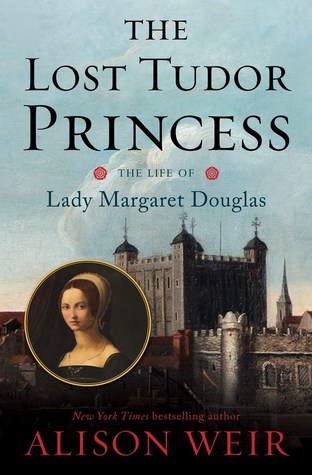


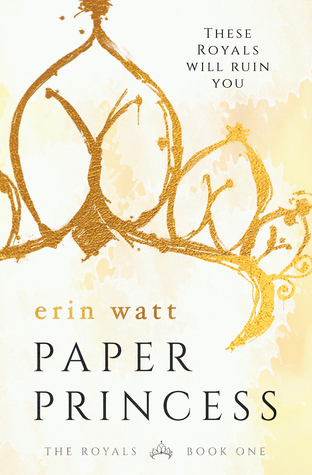



.jpg)



